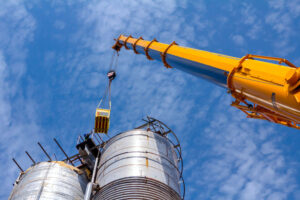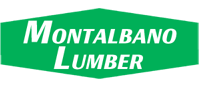
Mobile cranes are one of the most useful pieces of equipment on any given industrial worksite. Their ability to lift and transport heavy loads speeds up the construction process greatly, making them a must-have on projects of all kinds and across various industry sectors.
Like with any industrial machinery though, that kind of power comes with a lot of responsibility. A crane operator must be well-trained in how to use the equipment efficiently and, more importantly, safely. For your next project, keep in mind the most common mistakes people make with cranes below to make sure you and your crew can avoid them!
Skipping the pre-inspection.
After a while, required daily crane inspections can become tedious and people begin to skip them. Unfortunately, just because something was working perfectly yesterday, doesn’t mean there’s nothing wrong with it today. That’s why it’s crucial that you verify all parts of your crane are working sufficiently before you begin using it. This includes checking the brake system, cables, hooks, latches, wires, and anything else specified by the manufacturer.
Overloading.
One of the leading causes of crane accidents on worksites is exceeding crane capacity. If a load is too heavy, it may suddenly drop (while static or in motion), tip the entire machine, or cause damage to the crane over time from repeated stress. Avoid overloading your crane by ensuring you’ve procured the appropriate-sized machine for your project and verifying loading capacity before operating.
Continuing to work in poor weather conditions.
Operating a crane in inclement weather can cause serious injury to crew members and damage to the crane or other surrounding machinery and property. You may be tempted to hold out when the weather starts to turn, in order to stay on schedule, but the risks are too high. If visibility is reduced by rain or snow, the wind picks up, and especially if you see lighting, you must cease operation. When planning your project schedule, you should account for a few inclement weather days to be safe.
Not using crane mats.
Crane mats are a very useful, often overlooked, tool to improve crane safety. Mats offer protection for your equipment as well as the ground and any buried utilities underneath it. They provide a sturdy and even surface on which your crane can be stabilized, making it more efficient and safer to use.
At Ritter Forest Products, we offer a selection of crane mats for rent and purchase to provide support for any heavy-duty job. Our mats are conveniently available in standard sizes and materials or in custom cuts for projects with more unique needs.
Contact our team today to get set up with the high-quality crane mats you need for your worksite!








